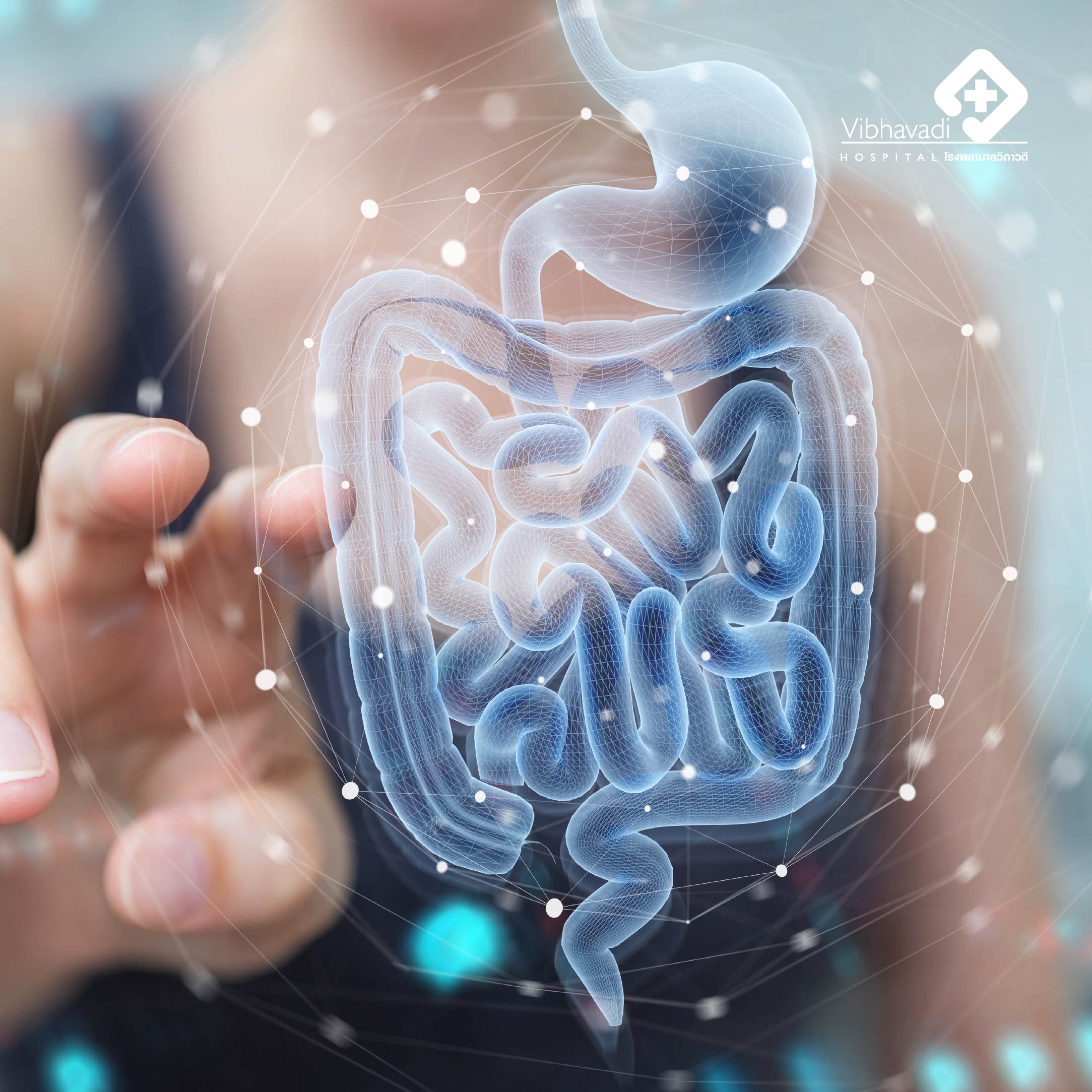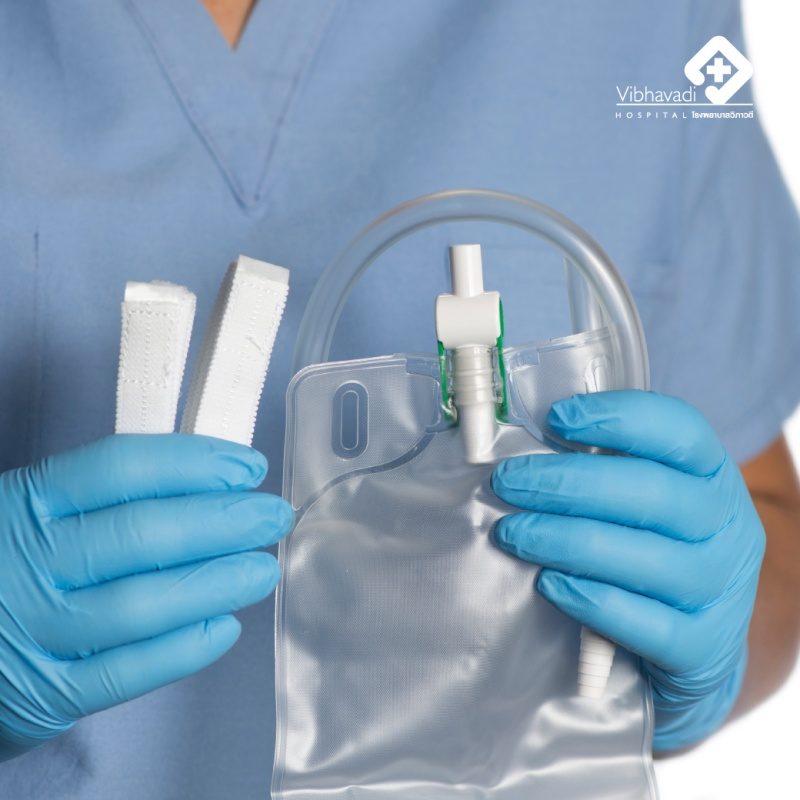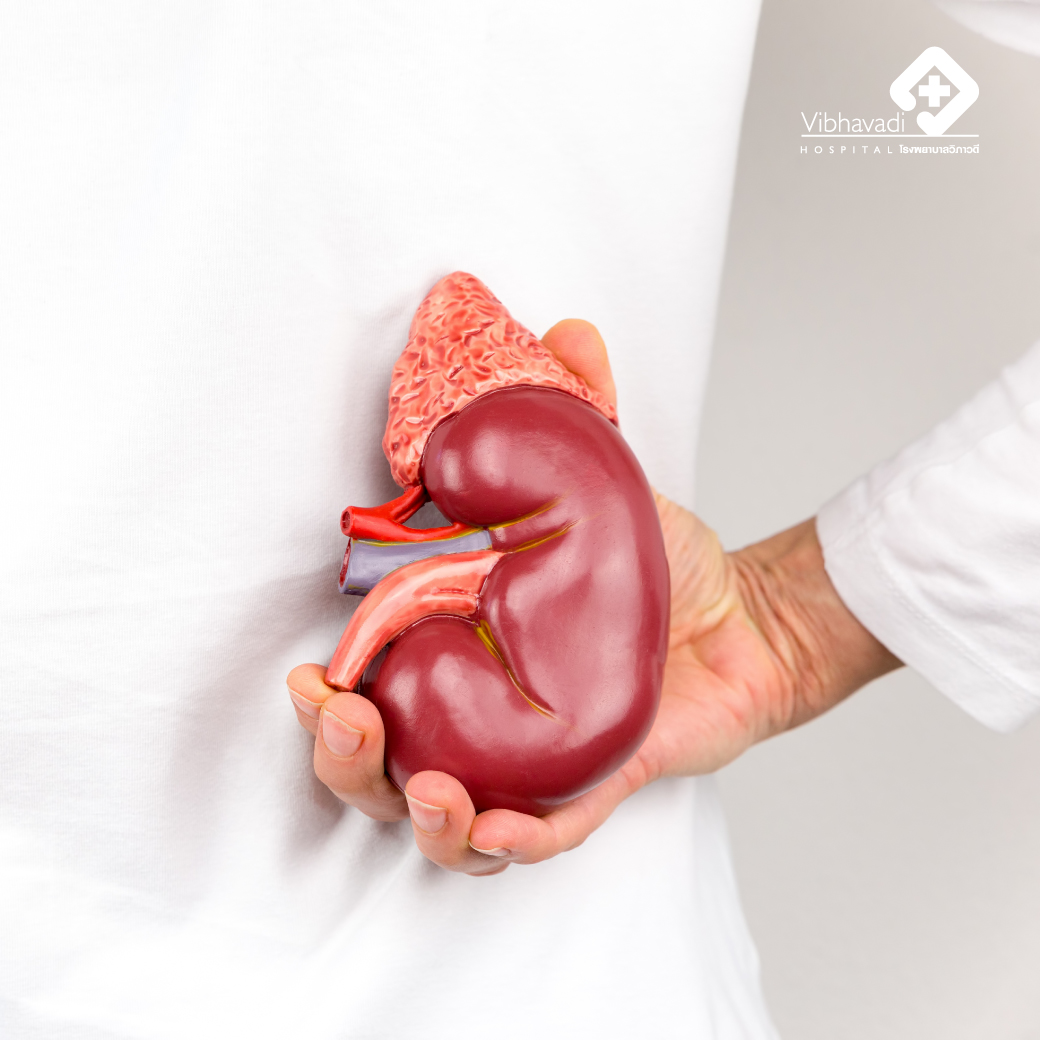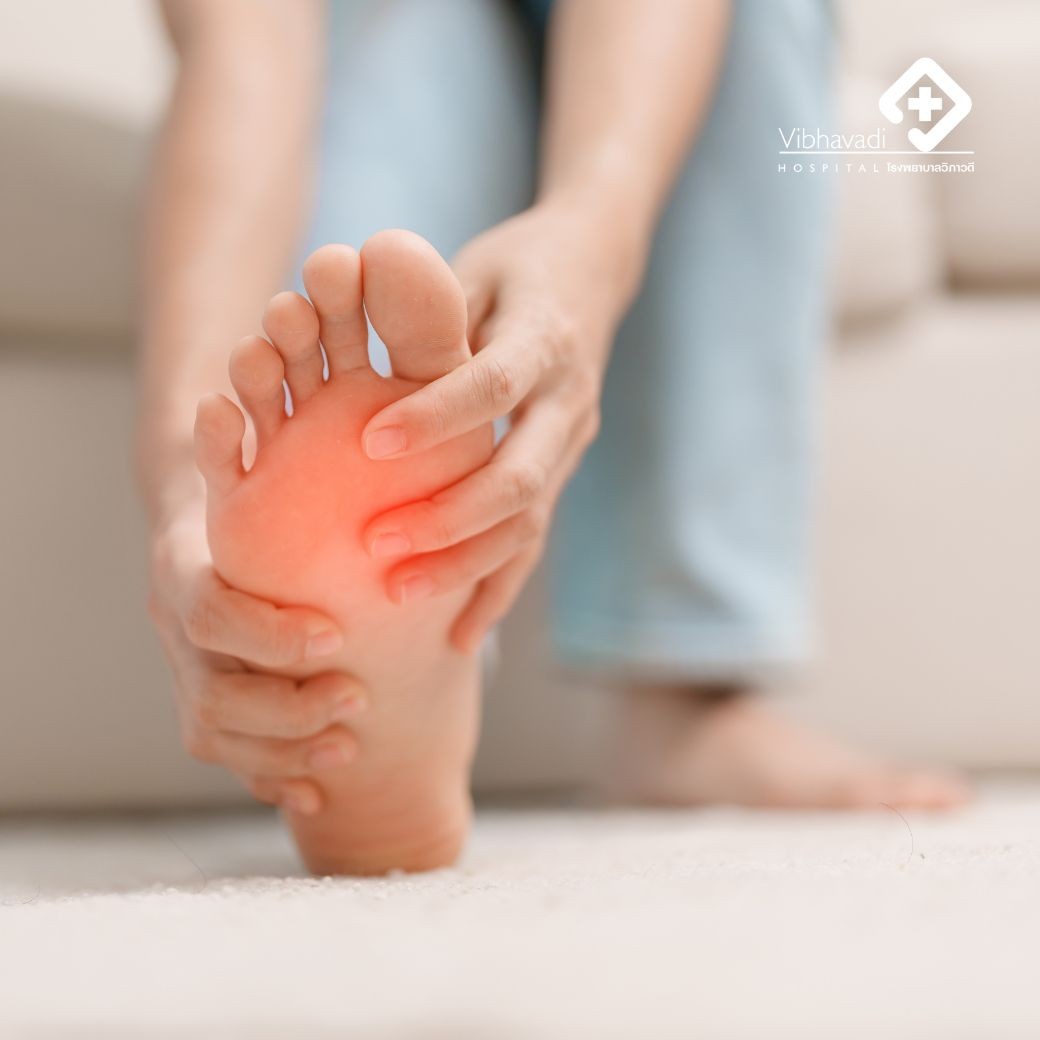
Special Tests for Gastrointestinal Diseases
Special Tests for Gastrointestinal Diseases
Indications for therapeutic endoscopy of the upper gastrointestinal tract include:
1. Standard treatment of upper gastrointestinal bleeding.
2. Placement of an esophageal or duodenal stent to support the treatment of esophageal or duodenal stenosis.
3. Endoscopic fundoplication to treat acid reflux in some patients.
4. Insertion of a gastrostomy tube for those who cannot receive food by mouth (percutaneous endoscopic gastrostomy and jejunostomy).
5. Expansion of constriction of the upper gastrointestinal tract, such as the esophagus, or the junction of the stomach and small intestine (Pylorus).
Additionally, therapeutic endoscopy is used for specific examinations of common gastrointestinal, liver and biliary tract diseases.
Upper gastrointestinal endoscopy (Esophagogastroduodenoscopy)
Indications for diagnosis of upper gastrointestinal endoscopy
1. Upper abdominal pain that does not respond to symptomatic medications.
2. People over 40 years old with alarm symptoms such as difficulty swallowing, black stools, anemia, and unexplained weight loss, as well as persistent vomiting.
3. Difficulty or pain when swallowing.
4. Acid reflux that does not respond to treatment.
5. To confirm if there is an abnormality from radiographic examination that is suspected to be a tumor, ulcer, narrowing or narrowing in the stomach or esophagus.
6. To diagnose and treat upper gastrointestinal bleeding.
7. To identify the source of anemia that is caused by gastrointestinal blood loss, such as the detection of hidden blood in the stool.
8. To extract gastric juice from the small intestine or take a piece of tissue from the surface of the small intestine to detect the cause, especially in patients with chronic diarrhea.
9. To screen for esophageal varices in cirrhosis patients.
10. To monitor the healing of stomach ulcers after treatment.
Indications for therapeutic endoscopy of the upper gastrointestinal tract
1. Endoscopy is the standard treatment for upper gastrointestinal bleeding.
2. Endoscopy can be used to place an esophageal or duodenal stent for the supportive treatment of esophageal or duodenal stenosis.
3. Endoscopy is used for sphincter surgery (Endoscopic fundoplication) to treat acid reflux in some patients.
4. Endoscopy can be used to insert a gastrostomy tube for patients who cannot receive food by mouth (percutaneous endoscopic gastrostomy and jejunostomy).
5. Endoscopy is used to expand the constriction of the upper gastrointestinal tract such as the esophagus, the junction of the stomach and small intestine (Pylorus).
Colonoscopy
Indications for colonoscopy in terms of diagnosis
1. To ascertain whether radiographic examinations reveal any abnormal conditions, such as tumors, ulcers, or stenosis in the colon.
2. To identify the source of gastrointestinal bleeding in the following cases:
- Fresh blood seen from the anus or rectum with no apparent cause;
- Black stools found during upper GI tract endoscopy, with no abnormalities uncovered;
- Latent blood detected in the stool of a high-risk individual.
3. To determine the cause of iron deficiency anemia.
4. To screen for colon cancer in cases such as:
- When cancerous growths have been discovered in other locations, examinations must be conducted to detect any further growths yet to be uncovered;
- As a follow-up after colon cancer surgery to assess recurrence;
- In high-risk individuals;
- Patients suffering from ulcerative colitis or Crohn's disease.
5. To investigate the cause of chronic diarrhea in cases where initial examinations did not reveal a source.
Therapeutic indications for colonoscopy
1. Diagnose and treat causes of colonic bleeding.
2. Insert a colonic stent for colon cancer.
3. Expand the stenosis of the large intestine.
4. Perform polypectomy to remove polyps from the colon wall or endoscopic mucosal resection to remove the surface of the colon in early cancer cases.
5. Correct intestinal obstruction in certain cases, such as colonic volvulus.
Ultrasonography
is an examination using sound waves. It can be used to examine the abdominal organs to look for abnormalities such as
- Examine the liver for tumors, abscesses, cysts, fatty liver, cirrhosis, enlarged liver.
- Check the gallbladder and bile ducts for stones, tumors, swelling of the gallbladder, obstruction
- Examination of the pancreas (often evident only in thin people) to look for tumors, pancreatitis, bulging of the pancreatic ducts.
- Examine the spleen to find an enlarged spleen, to detect abnormalities of the spleen when having an abdominal accident.
- Adrenal gland examination (not very visible) to look for nodules in the adrenal glands.
- Examine the abdomen to see dropsy.
- Examination of the lower abdomen to look for intussusception, appendicitis (in some patients), abscesses, prostate (in men), uterus and ovaries (in women), bladder.
- Computed tomography (CT Scan)
It is an X-ray examination. Contrast is usually swallowed to view the inside of the intestines or stomach.
Used to detect various organs in the abdominal cavity as in ultrasound but with more details. and has more contraindications and precautions, more expensive
- Magnetic resonance tomography (M.R.I.)
It is an electromagnetic wave examination. There are disadvantages and advantages over computed tomography in some diseases only.
Dr. Sombat Wongwisetkan
Gastroenterologist, Vibhavadi Hospital














